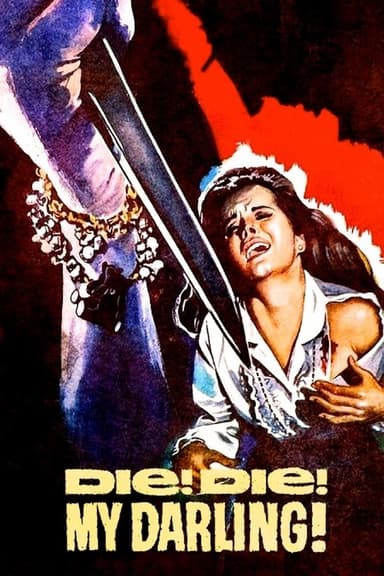
Gidget
1959 • Comedy, Romance • NR
Due to an accident while swimming in the sea, Francis meets the surfer Moondoggie. She's fascinated with his sport and starts to hang out with his clique. Although they make fun of her at first, they teach her to surf and soon she's accepted and given the nickname "Gidget". But it's hard work to become more than a friend to Moondoggie.
Runtime: 1h 35m
Why you should read the novel
If you’ve enjoyed the radiant charm of Gidget on film, consider diving into Frederick Kohner’s original novel for a more intimate journey. The book offers a candid, first-person look at Gidget’s thoughts, capturing her determination, curiosity, and vulnerability in ways the movie only hints at. Kohner’s evocative storytelling paints the Southern California surf scene with rich detail, letting you experience the sun, sand, and sea through Gidget’s own lively eyes.
Beyond the fun and frolic of the beach, the novel delves deeper into Gidget’s self-exploration, highlighting themes of belonging and the challenges of adolescence. Readers are drawn into her struggles for acceptance, both among her surfing peers and within her own family, offering a more nuanced portrait than the film’s lighter tone allows. Through Gidget’s narrative voice, every crush, triumph, and heartbreak comes alive and feels incredibly personal.
Investing time in the book grants you access to the authentic and original spirit that inspired a pop culture phenomenon. Whether you’re curious about the roots of surf culture or seeking a character-driven coming-of-age story, Kohner’s Gidget is an engaging, honest, and beautifully textured read that stands apart from its silver screen adaptation.
Adaptation differences
One of the key differences between the novel Gidget, the Little Girl with Big Ideas and the 1959 film adaptation lies in narrative perspective. The book is written in the first person, offering readers direct access to Gidget’s innermost thoughts, feelings, and motivations. This gives the novel a confessional, diary-like quality, making her journey feel more private and complex. The film, conversely, uses a more distanced third-person perspective, at times reducing the nuanced self-reflection that defines Gidget’s character in the novel.
Another distinction is the treatment of romance and sexuality. Kohner’s book is franker about Gidget’s burgeoning curiosity around love and desire, capturing her confusion and excitement with an open candor. The movie, due to the censorship norms of 1950s Hollywood, tones down these elements, instead inserting more overt comic moments and a sanitized, chaste romance between Gidget and Moondoggie. This change significantly alters the story’s emotional stakes and the authenticity of Gidget’s coming-of-age experience.
Further, certain characterizations and relationships are streamlined or altered in the adaptation. The film simplifies the beach crowd and their interactions, sometimes omitting or reshaping characters for comic effect and screen time limitations. Key figures, like the enigmatic surfer Kahuna, are given less psychological depth, while in the novel, their influences on Gidget’s personal growth are more pronounced and mature.
Lastly, while both versions celebrate surf culture, the novel provides more context and insider detail about the local surfing world and 1950s youth subcultures. The book’s vivid descriptions and introspective voice immerse readers in the era’s atmosphere, spotlighting social dynamics and struggles absent from the breezier, more surface-level depiction of summer fun in the movie.
Gidget inspired from
Gidget, the Little Girl with Big Ideas
by Frederick Kohner


